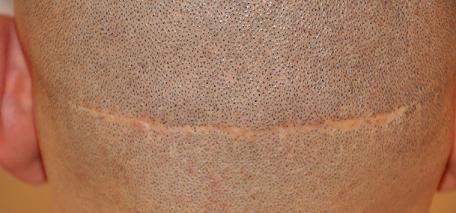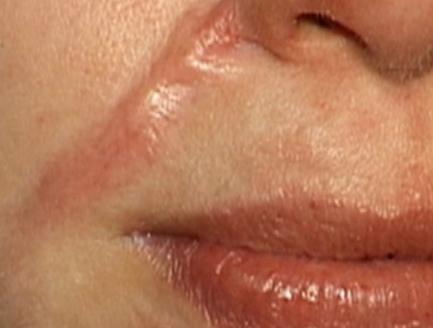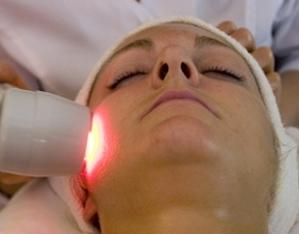The modernization of hair restoration has made it an option for many men. The scarring from follicular unit transplantation which is a natural permanent solution to hair loss is a concern for many patients.
Fortunately a number of techniques have been developed to minimize donor scarring when using a strip excision during this surgery, as well as, post surgical solutions that can be done even years later.

Surgical Solutions
Solutions that a surgeon can utilize during the procedure include:
• the use of tumescent anesthesia
• undermining
• absorbable sutures
• buried sutures
• staples, and
• trichophytic closures.
These advances in minimizing scarring makes FUT one of the best hair transplant treatments for men.
Scar minimization from the donor incision is an important component of a successful hair transplant procedure. A fine donor scar gives the patient more flexibility in hair styles post surgery. When the scar is fine the close cut military type hairstyles chosen by men and women can still be worn after hair restoration.
Four aspects to having the donor incision heal in a fine line:
1. placing the incision in the proper location
2. using the correct donor strip dimensions
3. removing the strip without damage to the tissue
4. closing the donor area with impeccable surgical techniques
Positioning the Donor Incision
The ideal placement of the donor incision is in the mid-part of the permanent zone located in the back and sides of the scalp. This area lies in a band that starts above the occipital protuberance (the bump felt in the middle part of the back of the scalp) and extends to either side in a gentle, upward sloping curve that follows the contour of the scalp. If hair is harvested below this region, there is a greater risk of scarring from the wound stretching, since the incision will be too close to the muscles of the neck. If the incision is above this area, the hair may not be permanent and may fall out as the baldness progresses.
Size of the Donor Strip
The length of the donor incision is determined predominantly by the number of follicular unit grafts required for the hair restoration, the width (height) of the donor incision depends upon the patient’s scalp laxity. This is a genetic attribute of the patient’s scalp that must be carefully measured by the hair transplant surgeon during the initial evaluation. With good scalp laxity, a wider strip may be harvested from the donor area without the risk of scarring (although patients with very loose scalps may be at increased risk of a wide scar If the scalp is too tight, taking a normal size strip may be impossible.
If the strip width is too narrow, the incision will need to be unnecessarily long to obtain an adequate amount of donor hair. If the strip width is too wide, the risk of having a widened scar will be increased significantly. Expert clinical judgment, acquired over years of experience, is needed for the surgeon to consistently set the appropriate length and width of the donor strip and achieve the minimum possible scar.




 In recent years the use of lasers in medicine has enjoyed rapid development in medicine. Doctors and researchers are experimenting with the devices in a wide variety of procedures, like opening blocked coronary arteries and reshaping the cornea of the eye to correct poor vision, dissolving kidney stones and in scar revisioning.
In recent years the use of lasers in medicine has enjoyed rapid development in medicine. Doctors and researchers are experimenting with the devices in a wide variety of procedures, like opening blocked coronary arteries and reshaping the cornea of the eye to correct poor vision, dissolving kidney stones and in scar revisioning.